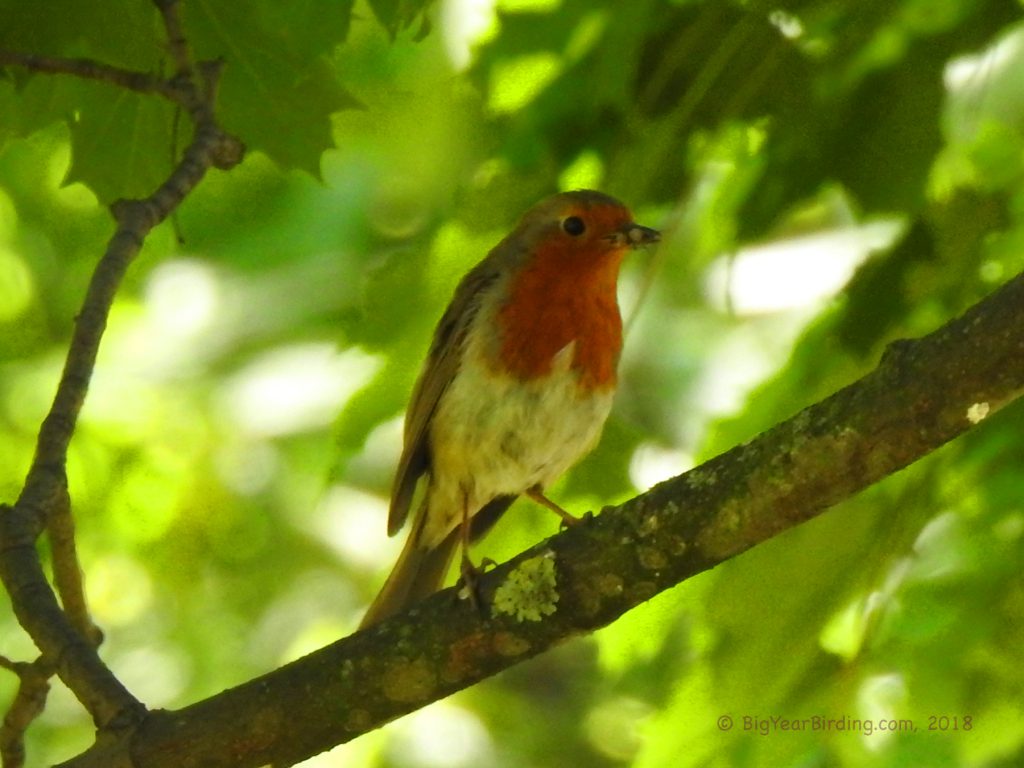
The European Robin, also known as the Robin or Robin Redbreast, is a small bird that belongs to the family of thrushes. It is one of the most familiar birds in Europe, known for its distinctive red-orange breast and lively personality. Measuring up to 5.5 inches in length and weighing around 0.9-1.1 ounces, the European Robin is smaller than a sparrow but larger than a wren. It has a short tail and wings, which make it very agile and capable of quick movements.
The most distinguishing field mark of the European Robin is its red-orange breast, which contrasts with the gray-brown feathers on its back and wings. The male and female robins have very similar plumage, but the male’s breast is brighter and more red. The European Robin has a white eye ring and a small black beak, which it uses to catch insects, worms, and small invertebrates. In addition to its bright breast, the European Robin is also known for its sweet, melodic song, which it uses to defend its territory and attract mates.
The European Robin is a resident bird in most of Europe, although it does breed in some parts of North Africa and Western Asia. It is a non-migratory bird, meaning that it stays in its breeding territory all year round. During the winter, it becomes more territorial and aggressive, defending its food sources and roosting sites from other robins. In some parts of its range, the European Robin may migrate to lower altitudes or more temperate regions to avoid harsh winter weather.
The European Robin is a common bird in gardens, parks, and woodlands throughout Europe. It is also a popular bird among birdwatchers and is often featured in Christmas cards and other seasonal decorations. Despite its popularity, the European Robin is facing some threats, such as habitat loss and fragmentation, pesticide use, and predation by domestic cats. Conservation efforts are underway to protect this iconic bird and ensure its survival for future generations.
